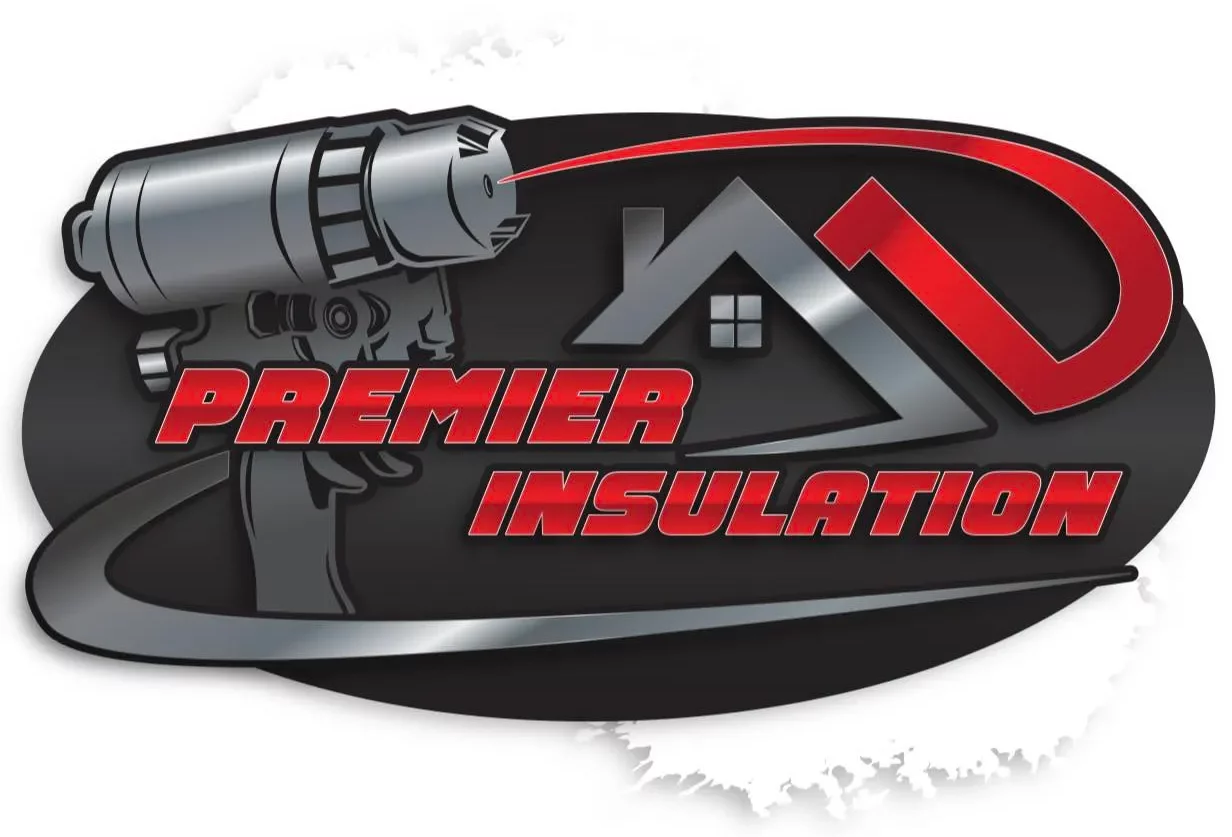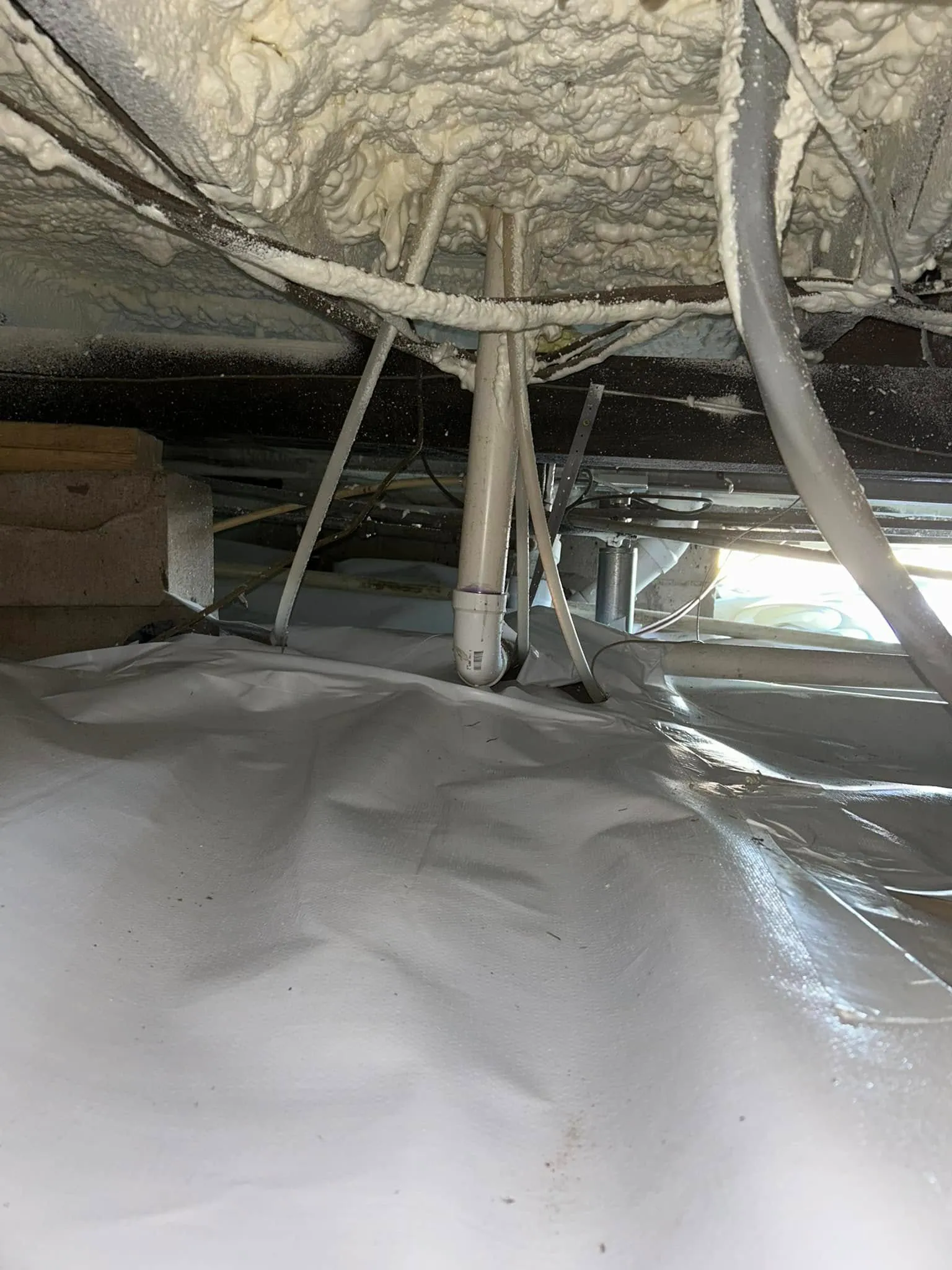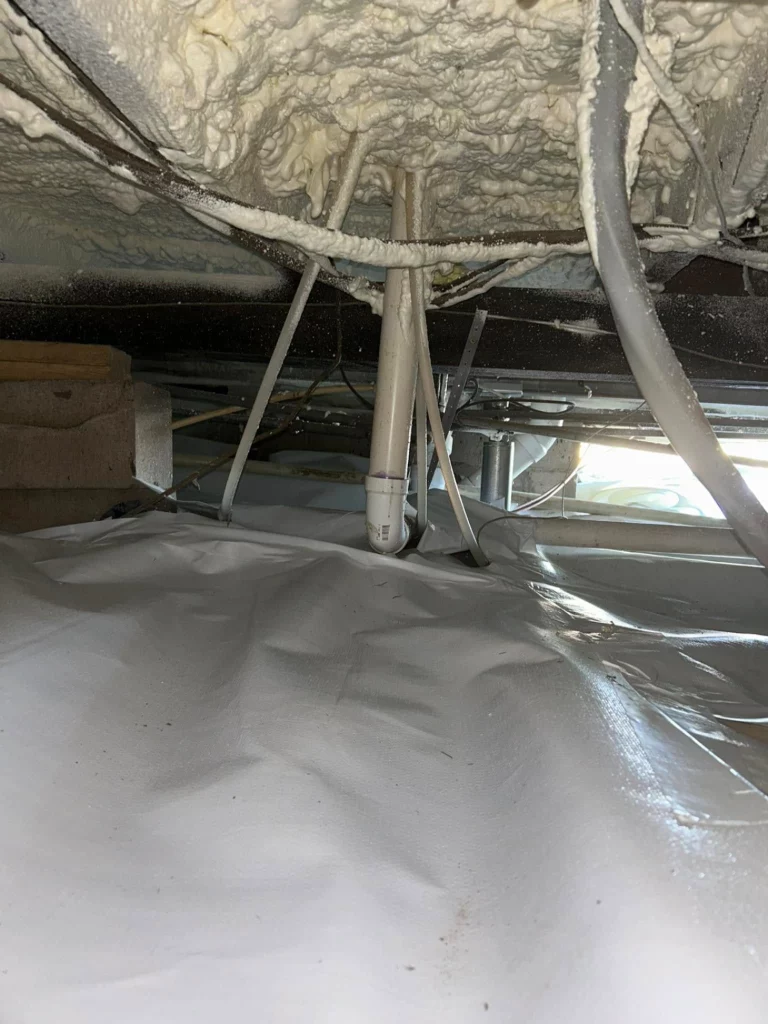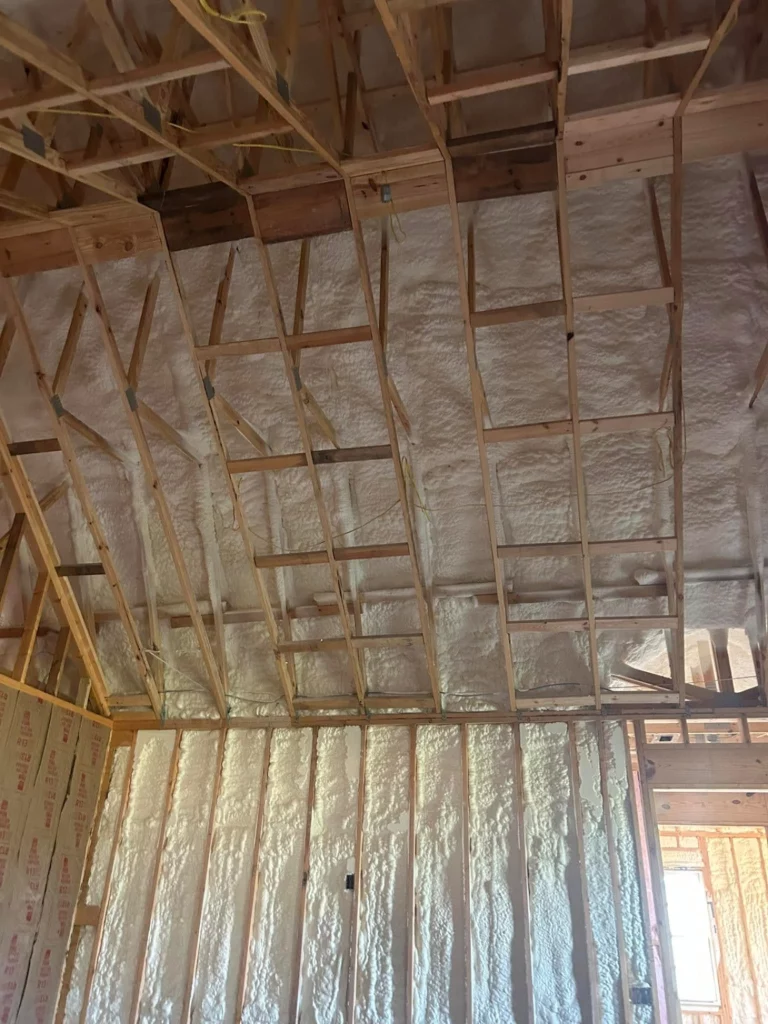Crawl space encapsulation controls seasonal humidity by creating an impermeable barrier that separates the crawl space environment from the two primary sources of moisture: the ground and the outside air. By lining the floor and walls with a heavy-duty vapor barrier and sealing all vents and air leaks, encapsulation stops water vapor from the soil from entering the space. It also prevents humid, hot air in the summer and damp, cold air in the winter from infiltrating. This isolation turns the crawl space into a conditioned part of the home, allowing for consistent, controlled humidity levels year-round, regardless of the weather outside.
This process is critical for maintaining a home’s structural health and indoor air quality. Understanding how it works provides a clear picture of its value, especially in climates with distinct seasonal shifts. The following sections break down the mechanics of encapsulation and how it provides a permanent solution to humidity problems. With years of experience in building science and insulation, Premier Insulation GA offers this guide to help homeowners understand this protective measure.
The Problem with Vented Crawl Spaces
For decades, building codes required crawl space vents with the idea that they would allow moisture to dry out. In practice, especially in humid climates like Georgia’s, this often has the opposite effect. The ground itself is a massive source of moisture. Research from Building Science Corporation shows that a 1,000-square-foot crawl space with a dirt floor can release over 10 gallons of water vapor into the air every single day.
During a hot, humid summer, these open vents invite warm, moisture-laden air into the cooler crawl space. When this air cools, its relative humidity skyrockets, leading to condensation on pipes, ductwork, and floor joists. This constant dampness creates a perfect breeding ground for mold, mildew, and wood-destroying fungi.
This moisture doesn’t stay in the crawl space. The “stack effect,” a principle of airflow in buildings, causes air to be drawn upward from the lower levels of the house into the main living areas. Studies from organizations like Advanced Energy have shown that up to 40% of the air on the first floor of a home can come from the crawl space. If that air is damp and filled with mold spores, it directly impacts your indoor air quality.
The Encapsulation Solution Explained
Crawl space encapsulation is a systematic process of isolating the crawl space from the ground and outside air. It involves several key steps that work together to create a clean, dry, and conditioned space.
Key Components of Encapsulation
- Preparation and Cleaning: The first step is to remove any debris, old insulation, and organic material from the crawl space. If there is existing mold or pest activity, it must be professionally remediated before any materials are installed.
- Vapor Barrier Installation: A thick, durable plastic liner (typically 12-20 mil) is laid across the entire dirt floor. The seams are overlapped and sealed with special moisture-proof tape. This barrier extends up the foundation walls and is mechanically fastened.
- Sealing Vents and Gaps: All foundation vents are permanently sealed from the inside. Any gaps, cracks, or penetrations in the foundation walls, such as those around pipes and wiring, are also sealed with spray foam or caulk to make the space airtight.
- Insulating Foundation Walls: Instead of insulating the floor joists (the “ceiling” of the crawl space), the foundation walls are insulated. This helps to thermally isolate the space from the outside ground temperature.
- Conditioning the Air: Once sealed, the crawl space air must be conditioned. This is typically done with a dehumidifier designed for crawl spaces or by adding a small supply vent from the home’s existing HVAC system.
Bonus Tip: Before beginning an encapsulation project, it’s a good idea to address any exterior drainage issues. Ensure gutters are clean and downspouts direct water far away from the foundation to prevent bulk water from entering the crawl space.
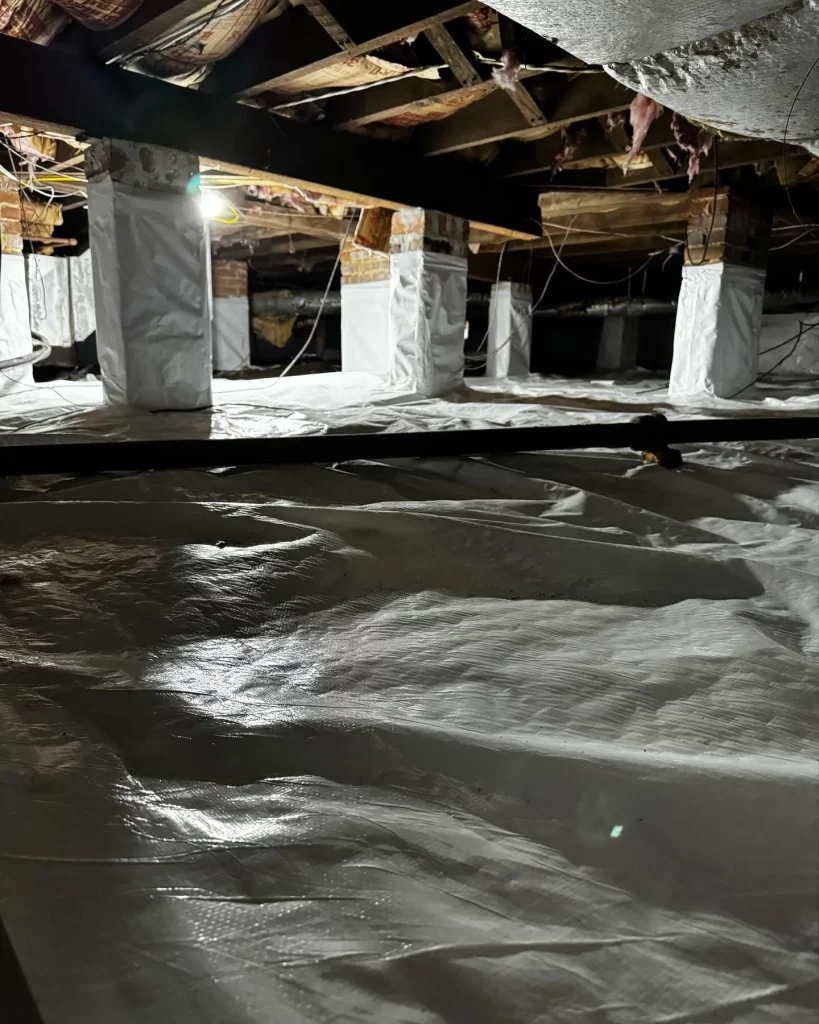
Seasonal Humidity: Before and After Encapsulation
The difference in crawl space conditions after encapsulation is immediate and significant throughout the year. The following table illustrates the typical changes.
| Season | Vented Crawl Space (Unsealed) | Encapsulated Crawl Space (Sealed) |
|---|---|---|
| Summer | High humidity, condensation, musty odors, potential mold growth. | Dry, controlled environment, stable humidity levels (45-55%). |
| Winter | Cold floors, damp air, high heating costs due to cold drafts. | Warmer floors, dry air, reduced energy loss, stable temperatures. |
| Spring | High pollen and allergen infiltration, fluctuating humidity. | Clean air, protected from outside allergens and moisture spikes. |
According to the U.S. Environmental Protection Agency, it’s best to maintain indoor humidity between 30% and 50% to prevent mold growth. Encapsulation makes achieving this target in the crawl space possible, which in turn helps regulate humidity throughout the entire home.
Things to Consider Before Making a Decision
Before committing to encapsulation, there are a few factors to evaluate to ensure it’s the right solution for your home.
- Existing Water Intrusion: Encapsulation is a solution for moisture vapor, not bulk water. If your crawl space floods or has standing water after rain, you must solve the drainage or plumbing issues first. This may involve installing a French drain and a sump pump.
- Vapor Barrier Quality: The thickness and material of the vapor barrier matter. A thin, 6-mil liner from a hardware store is not sufficient. Look for a tear-resistant, reinforced liner of at least 12 mils, and ensure all seams will be properly sealed.
- Radon Levels: In areas with high radon gas levels, a sealed crawl space can potentially trap the gas. If this is a concern, a radon mitigation system can be integrated with the encapsulation system to safely vent any gas to the exterior.
- Professional Expertise: While it might seem like a straightforward project, a successful encapsulation depends on a perfect seal. An incomplete or improper installation can trap moisture and cause more harm than good. Working with experienced professionals ensures the job is done correctly according to building science principles.
Bonus Tip: Ask your installer about the type of tape they use for sealing the seams of the vapor barrier. It should be a pressure-sensitive, waterproof tape specifically designed for this application to ensure a permanent bond.
Protecting Your Home from the Ground Up
Crawl space encapsulation offers a definitive solution to the seasonal humidity issues that plague homes with vented crawl spaces. By creating a sealed, conditioned environment, it protects your home’s foundation from moisture damage, improves indoor air quality, and can lower your energy costs. It is an investment in the long-term health and stability of your property. Before moving forward, assess your crawl space’s current condition and consider the long-term benefits of a dry, healthy foundation.
Get a Professional Assessment
Evaluating your crawl space is the first step toward a healthier home. For a detailed inspection and to understand if encapsulation is the right solution for your property, contact the professionals at Premier Insulation GA. A proper assessment can identify moisture sources, check for existing damage, and provide a clear plan of action. Call (229) 554-3939 to schedule a consultation and ensure your home is protected from seasonal humidity and its damaging effects.
Sources
- Building Science Corporation – An in-depth article explaining the building science behind why vented crawl spaces fail in humid climates and the mechanics of sealed, conditioned crawl spaces.
- Advanced Energy – A white paper detailing a research project on crawl spaces, which found that a significant percentage of indoor air originates from the crawl space.
- U.S. Environmental Protection Agency – A guide from the EPA that outlines the dangers of mold and the importance of controlling moisture in homes, including recommended humidity levels.
Frequently Asked Questions About Crawl Space Encapsulation
Will encapsulation fix existing mold problems?
No. Encapsulation prevents the conditions that allow mold to grow, but it does not kill existing mold. Any active mold or wood rot must be properly remediated by a qualified professional before the crawl space is sealed.
What happens to my plumbing and electrical access?
All mechanical systems remain fully accessible. The vapor barrier is installed around them, and any necessary repairs or maintenance can still be performed.
Is a dehumidifier always necessary with encapsulation?
In dry climates, it may not be. However, in humid regions like Georgia and the Southeast, a dehumidifier is a critical part of the system. While encapsulation stops new moisture from entering, a dehumidifier actively removes any residual humidity and ensures that levels remain consistently low (around 45-55%), protecting the home’s structure and preventing any possibility of moisture buildup.
How does encapsulation affect my home’s energy bills?
By sealing air leaks and insulating the foundation, encapsulation reduces the workload on your HVAC system. Your home will stay warmer in the winter and cooler in the summer with less energy usage. The air in your home is also less humid, meaning your air conditioner doesn’t have to work as hard to make the space feel comfortable.
How long does the encapsulation material last?
A professionally installed system using high-quality, reinforced vapor barriers should last for the life of the home. These liners are designed to be durable, inorganic, and resistant to tears and punctures.

